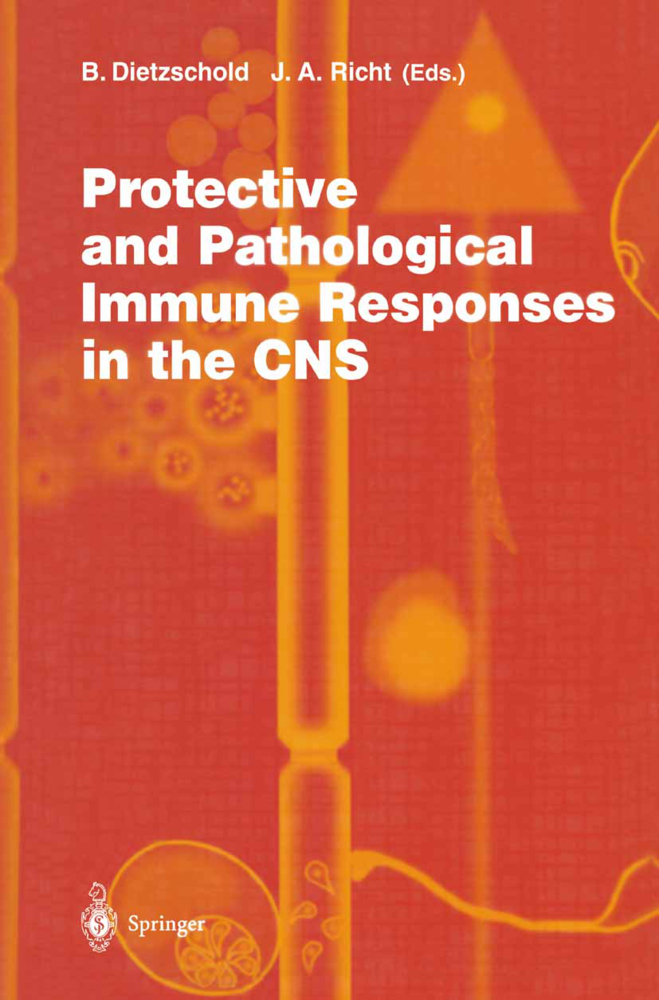HIV and Dementia
Proceedings of the NIMH-Sponsored Conference Pathogenesis of HIV Infection of the Brain: Impact on Function and Behavior
HIV and Dementia
Proceedings of the NIMH-Sponsored Conference Pathogenesis of HIV Infection of the Brain: Impact on Function and Behavior
The National Institute of Mental Health (NIMH) AIDS Program is the fourth largest acquired immune deficiency syndrome (AIDS) program within the National Institutes of Health (NIH). Since 1983, our program's contributions have concentrated on two major areas. The first has been to develop effective strategies to prevent or reduce behaviors that place individuals at risk for human immunodeficiency virus type 1 (HIV-1) infection. The second has been to support and foster research to enhance our understanding of the profound impact of H IV-1 infection on the central nervous system (eNS). The brain appears to be a prime target of the virus and may serve as a reservoir for the virus. Post mortem examination of brain tissue has provided evidence of eNS cell damage in 80%-90% of people who die with AIDS. For about 10%-20% of people with AI DS, mild neuropsychological symptoms are the first signs of the disease. Approximately 20% of individuals infected with HIV-1 develop AIDS dementia complex. The symptoms include apathy, difficulty concentrat ing, irritability, depression, and personality changes. In the later stages of the disease, people may experience psychiatric disor ders. Death usually occurs within 6 months of the appearance of those more severe symptoms. Up to 90% of children infected with H IV-1 experience attention and concentration difficulties and often experience neurodevelopmental delay or regression over time.
The Pathogenesis of HIV Infections of the Brain
Neurocognitive Disorders in HIV-1 Infection
AIDS Dementia Complex and HIV-1 Brain Infection: A Pathogenetic Framework for Treatment and Evaluation
Quantitative Neuropathologic Assessment of HIV-1 Encephalitis
Penetration of Solutes, Viruses, and Cells Across the Blood-Brain Barrier
Cytotoxic T Lymphocytes and HIV-1-Related Neurologic Disorders
Distinct HIV-1 env Sequences Are Associated with Neurotropism and Neurovirulence
Role for Astrocytosis in HIV-1-Associated Dementia
Therapeutic Approaches to HIV Infection Based on Virus Structure and the Host Pathogen Interaction
B Lentivirus Animal Models of HIV Central Nervous System Disease
Neurobiology of Simian and Feline Immunodeficiency Virus Infections
Selected Models of HIV-Induced Neurological Disease
Feline Immunodeficiency Virus as a Model for Study of Lentivirus Infection of the Central Nervous System
Transgenic Models to Assess the Neuropathogenic Potential of HIV-1 Proteins and Cytokines
C Tissue Culture and Animal Models to Generate Basic Concepts in Viral Immune Cell: Central Nervous System Interactions
Virus Entry and Release in Polarized Epithelial Cells
Traffic of Hematogenous Cells Through the Central Nervous System
Principles of Cytotoxic T Lymphocyte Induction and Recognition
Virus-Neuron-Cytotoxic T Lymphocyte Interactions.
List of Contents
A The Human Problem: HIV, Neuropsychiatric Disorders, and DementiaThe Pathogenesis of HIV Infections of the Brain
Neurocognitive Disorders in HIV-1 Infection
AIDS Dementia Complex and HIV-1 Brain Infection: A Pathogenetic Framework for Treatment and Evaluation
Quantitative Neuropathologic Assessment of HIV-1 Encephalitis
Penetration of Solutes, Viruses, and Cells Across the Blood-Brain Barrier
Cytotoxic T Lymphocytes and HIV-1-Related Neurologic Disorders
Distinct HIV-1 env Sequences Are Associated with Neurotropism and Neurovirulence
Role for Astrocytosis in HIV-1-Associated Dementia
Therapeutic Approaches to HIV Infection Based on Virus Structure and the Host Pathogen Interaction
B Lentivirus Animal Models of HIV Central Nervous System Disease
Neurobiology of Simian and Feline Immunodeficiency Virus Infections
Selected Models of HIV-Induced Neurological Disease
Feline Immunodeficiency Virus as a Model for Study of Lentivirus Infection of the Central Nervous System
Transgenic Models to Assess the Neuropathogenic Potential of HIV-1 Proteins and Cytokines
C Tissue Culture and Animal Models to Generate Basic Concepts in Viral Immune Cell: Central Nervous System Interactions
Virus Entry and Release in Polarized Epithelial Cells
Traffic of Hematogenous Cells Through the Central Nervous System
Principles of Cytotoxic T Lymphocyte Induction and Recognition
Virus-Neuron-Cytotoxic T Lymphocyte Interactions.
Oldstone, Michael B. A.
Vitkovic, Ljubisa
| ISBN | 978-3-642-79659-3 |
|---|---|
| Artikelnummer | 9783642796593 |
| Medientyp | Buch |
| Auflage | Softcover reprint of the original 1st ed. 1995 |
| Copyrightjahr | 2011 |
| Verlag | Springer, Berlin |
| Umfang | XIII, 279 Seiten |
| Abbildungen | XIII, 279 p. |
| Sprache | Englisch |











